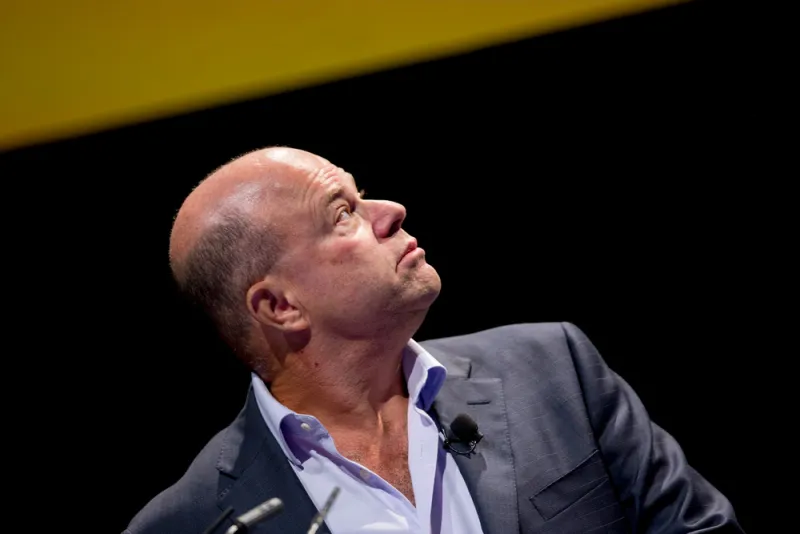Appaloosa Management’s total assets under management plunged about 30 percent over the past year, according to its latest ADV filing.
The hedge fund firm headed by David Tepper said in a recent regulatory filing it had $11.6 billion under management at the end of December 31. This is down 22 percent from the $14.8 billion it reported managing at the end of August, and down 30 percent from $16.5 billion a year ago, according to earlier regulatory filings.
Appaloosa declined to comment.
The firm's assets have declined sharply for a variety of reasons, but according to a person with knowledge of its results, performance did not drive the drop.
While Appaloosa finished slightly in the red last year, it outperformed the S&P 500 index, which lost 4.4 percent, the person said. This year Appaloosa is up, the person said, though less than the benchmark index, which climbed more than 12 percent in the first quarter.
Rather, the drop can be attributed to other factors, including the fact that Tepper is one among a number of hedge fund managers who had to pay hefty deferred taxes, according to the person.
He also took out some of his own capital to buy the Carolina Panthers professional football team last year for $2.275 billion.
Appaloosa has historically chosen to emphasize performance versus growing assets. So, it has a long-standing policy of returning capital to its investors in order to maintain a size that would maximize returns and not management fees.
This is what Appaloosa did at the end of last year. In fact, it has returned capital to investors in eight of the past nine years, according to the person. The only year in that span it did not return money was at the end of 2017.
Appaloosa did suffer some redemptions at the end of 2018. But, most of the withdrawals were from funds of hedge funds, according to the person.
Appaloosa continues to run a conservatively-based portfolio, finding it hard at the moment to discern where the economy, earnings and growth are headed. It is under exposed to the stock market, running large cash balances.
This is a stance it has held for some time now.
For example, Appaloosa reported holding roughly $5.7 billion in its U.S. long stock positions at the end of September, down about 34 percent from more than $8.7 billion at the end of the second quarter, according to 13F regulatory filings.
In the fourth quarter, its U.S. equity assets fell another 65 percent to $2 billion, according to a regulatory filing. This works out to just 17 percent of the firm’s total year-end assets reported in its ADV filing.
Appaloosa also liquidated 17 of its long positions in the fourth quarter, leaving it with just 23 individual common stock positions, according to the filing.
The largest position Appaloosa fully liquidated was in Chinese e-commerce giant Alibaba Group Holding, previously its fourth largest long, according to its December 13F filing.
Semiconductor giant Micron Technology and social media pioneer Facebook remained its two largest longs despite selling more than half of each of those positions in the fourth quarter, according to the latest filing.
Embattled, bankrupt utility PG&E became the fourth largest long as of year-end after Appaloosa boosted its position by 62 percent. However, we don’t know whether it still holds that position.
Master limited partner Energy Transfer moved to the seventh spot at year-end after Appaloosa raised its stake by 76 percent, according to the filing.
Alas, Tepper’s small loss last year prevented him from qualifying for the Rich List for the first time in seven years, and only the second time since 2008.







